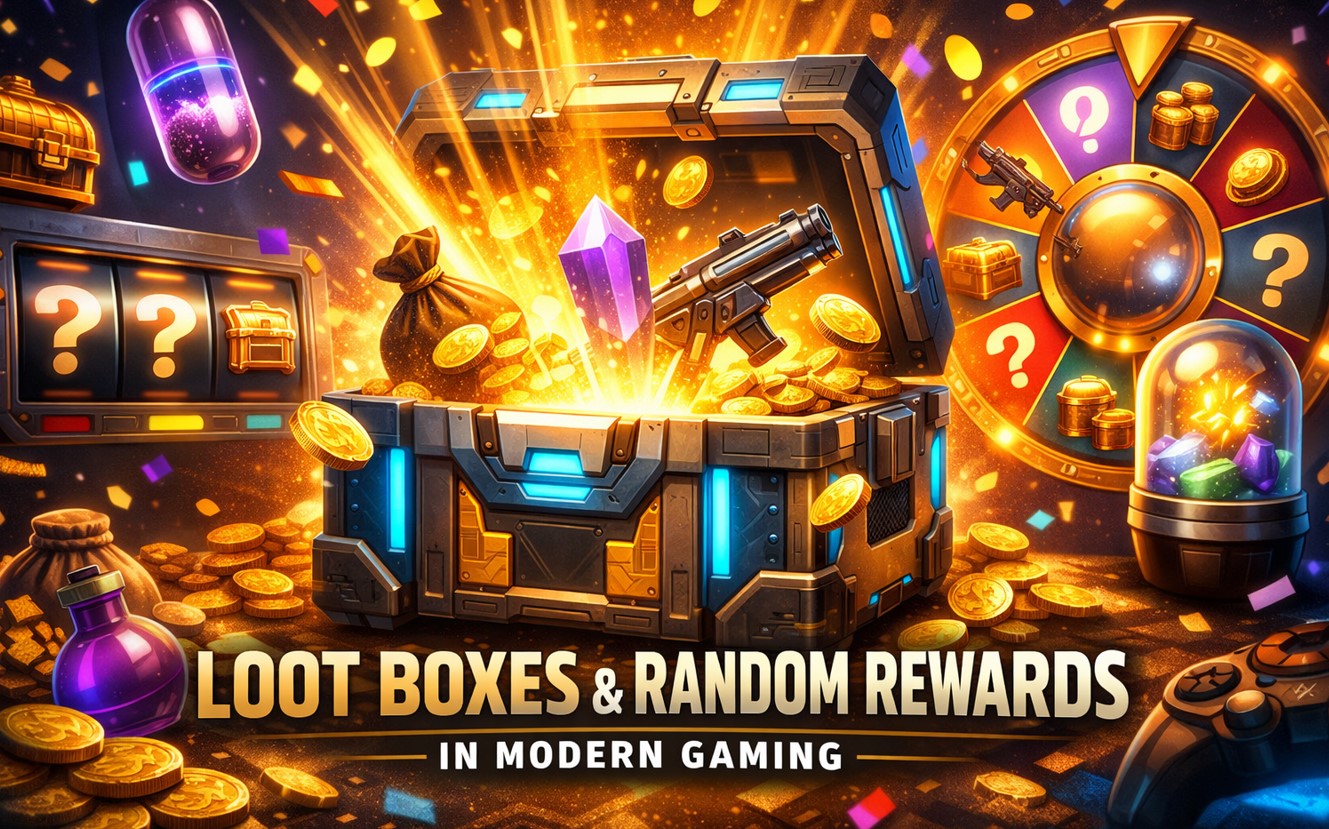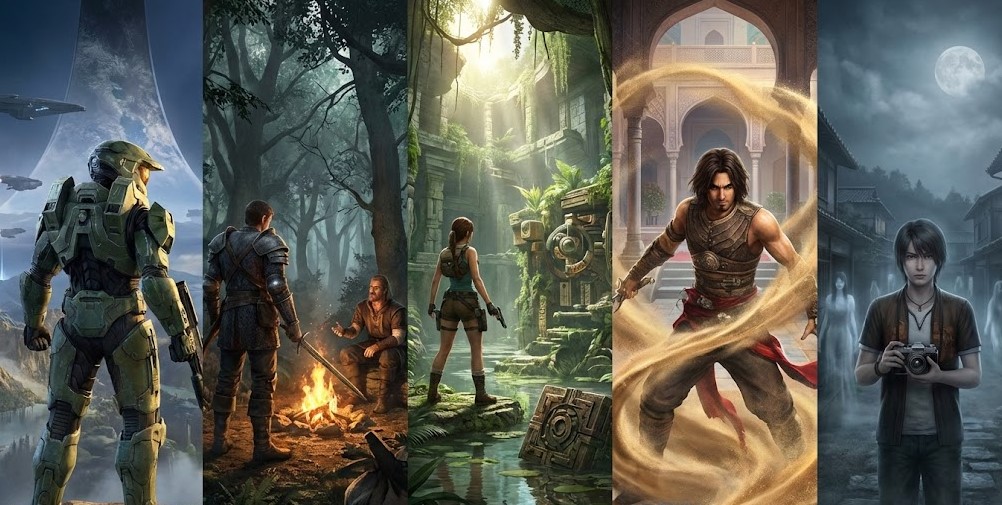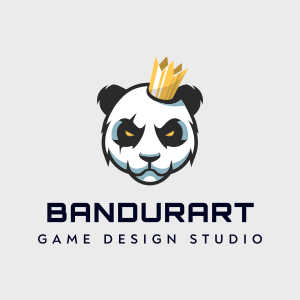The Magic of 3D Art Styles
Simply put, 3D art goes beyond flat surfaces’ boundaries and enters a world with height, width, and depth. It is not just about making a good-looking picture in a video game; it involves shaping, painting, and creating things that can be seen from all sides. This is the main concept we believe in and follow here at BandurArt when choosing video game art inspiration with one or a few 3D art styles.
While conventional art frequently remains limited within certain frames, 3D artwork bursts out with its multiple-dimensional existence. 3D sculptures rise proudly, and 3D paintings gain additional depth and appear beyond reality. The same is relevant for video games as well.
Yet, it’s not only about the visuals; it’s also about the emotions. The charm of art styles in 3D lies in their ability to fascinate and hold your attention, pulling you into a fully engaging environment with each rotation or change of perspective.
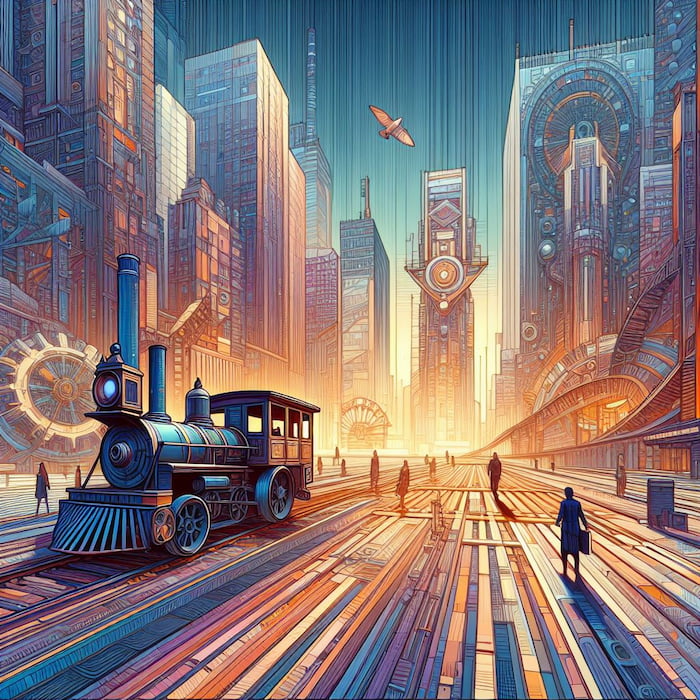
So when you get lots in a universe of pixels and polygons, think about the charm of 3D game art styles. In an existence where everything is feasible, the artists make us recall that occasionally, most exceptional things are just there before our eyes.
Types of 3D Game Art Styles in Video Games with Examples
Since BandurArt offers the service of game illustration, our artists and designers know how to create game concepts with different 2D and 3D art styles. When it comes to all the existing 3D video game art styles, there are not so many categories to focus on.
Realistic Art Style
This kind of art tries to show visuals that are very similar to how things look in real life. It concentrates on detailed textures, correct lighting, and believable models for characters. The games with these 3D styles usually aim for a high level of photorealism, like the series “Uncharted”, “The Last of Us” or “Battlefield”. Though, it is one of the most beautiful types of 3D art styles, only the most experienced artists can work with it and create game masterpieces. Also, the games with realistic art style turn out to have the most expensive development.
Cartoonish Art Style
Opposite to the realistic method, the cartoonish art style is about emphasizing features, using bright colors and basic shapes. These 3D styles of game art are usually linked to projects for kids or those who like more fun and playful experiences, such as “Fortnite”, “Overwatch” and “Cuphead”. Think of stunning Pixar screenshots and concept art to understand this art style.
Mixed Art Style
The mixed 3D styles are usually a unique mix of realism and “cartoonism”. Such styles of 3D art combine the features from both to form its visual identity. The games that have this kind of style frequently show an apparent color range, unique character design, and obvious artistic direction. The most popular examples include “The Legend of Zelda: Breath of the Wild”, “Ori and the Blind Forest”, as well as the “Dishonored” series.
Anime Art Style
Anime, which has bold characteristics and lively characters, is a prominent 3D art style recognized all around the world. It’s adaptable to cover games, local marketing, or learning topics. Anime gives a particular and attractive visual look in an already full market.
Collage Art Style
Collage art is a combination of unique 3D art styles and textures, perfect for games that focus on children or have an indie feeling – more “artistic” than real. This style suits side-scrollers and puzzle games because the environment is important to the gameplay. It is all about pulling players into a visually distinct world.
Experimental Types of 3D Art Styles
Even with all the common uses of art styles in video games, many new and different ways go beyond what we typically see in 3D art. These artistic choices can often surprise players by not matching their assumed ideas about how a game should look like.
One example is low-poly 3D art styles, where simple, geometric shapes and a small range of colors are used. Games such as “Superhot”, “Manifold Garden”, and “Proteus” employ this style to convey a minimalist but striking visual appearance.
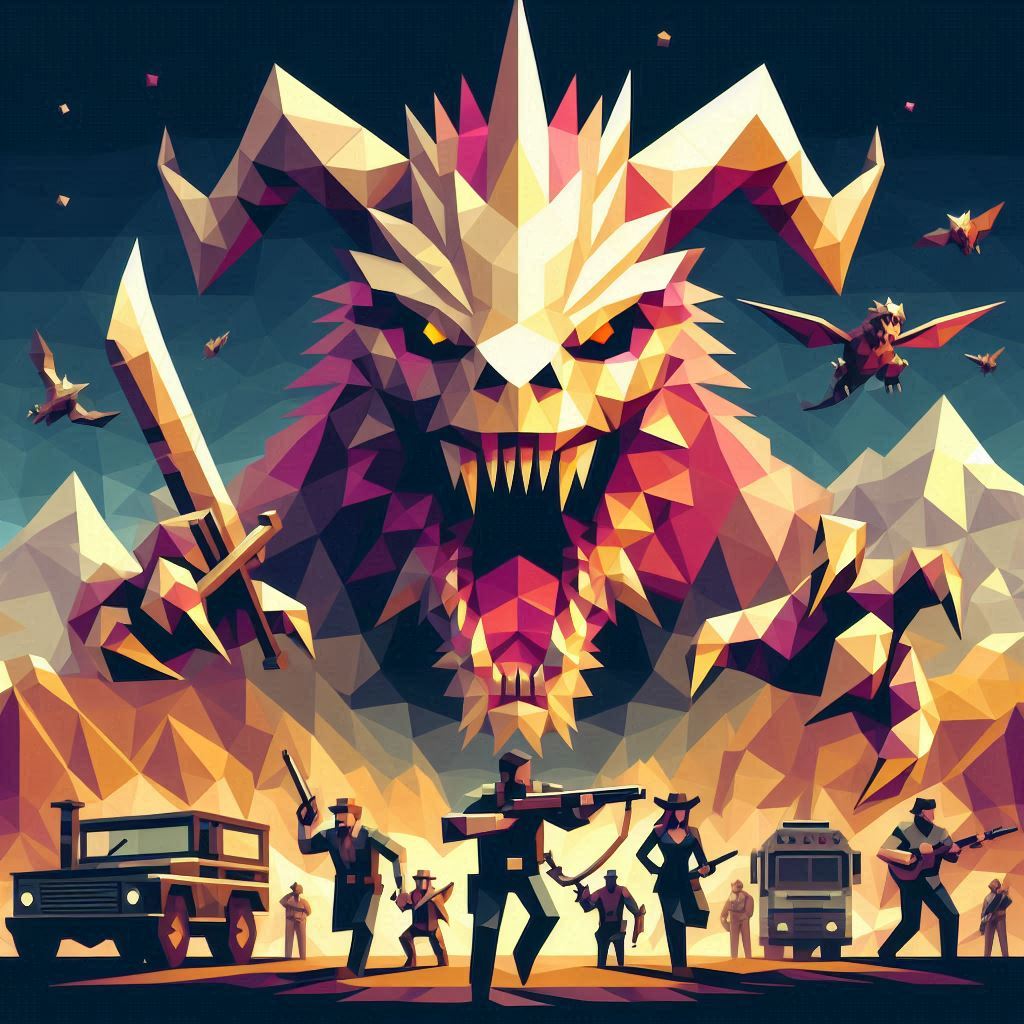
A different kind of experimentation is using simple 3D art styles with voxels. This method employs three-dimensional pixels to form blocky, similar to Minecraft. The games “Trove”, “Boundless” and “Minecraft” themselves have made this style well-liked. It provides players with an unusual gaming experience often reminiscent of earlier days in video games.
The Variety of 3D Art Styles for Different Game Genres
In video games, the decision to use 3D graphics is frequently based on the game’s genre and intended audience. Various genres match with certain kinds of art styles that help improve the general player experience and storytelling.
For instance, games that are in the category of first-person shooter (FPS) commonly use realistic art styles to create a feeling of being fully absorbed and tense. You can see this in cult games such as “Call of Duty” or “Battlefield”. In contrast, role-playing games (RPGs) often prefer stylized or cartoon-like 3D animation art styles to make a more imaginative and magical world. The games like “Final Fantasy” and “Dragon Quest” show this trend in their own way.
In open-world games like “Grand Theft Auto” and “The Witcher”, a mix of realistic and stylized elements usually forms the foundation for an environment that is both believable and visually striking. In platformers such as “Super Mario 3D World” or “A Hat in Time”, it’s common to see cartoonish 3D art styles that match with their focus on exploring and playful game experience.
The Most Influential 3D Art Styles in the Gaming Industry
In the video game world, some game dev studios like Pinkcrow and freelance artists have made a significant impact on the industry by creating innovative and influential 3D art styles. These studios not only produce visually stunning games but also motivate numerous others to explore new frontiers within this field of art.
A studio that comes to mind is Blizzard Entertainment. They have created several games with iconic Blizzard 3D art styles like “World of Warcraft”, “Overwatch” and “Diablo”. The art style from Blizzard is known for blending realism with stylization, giving their games a unique look that has become recognized as being linked to this particular studio.
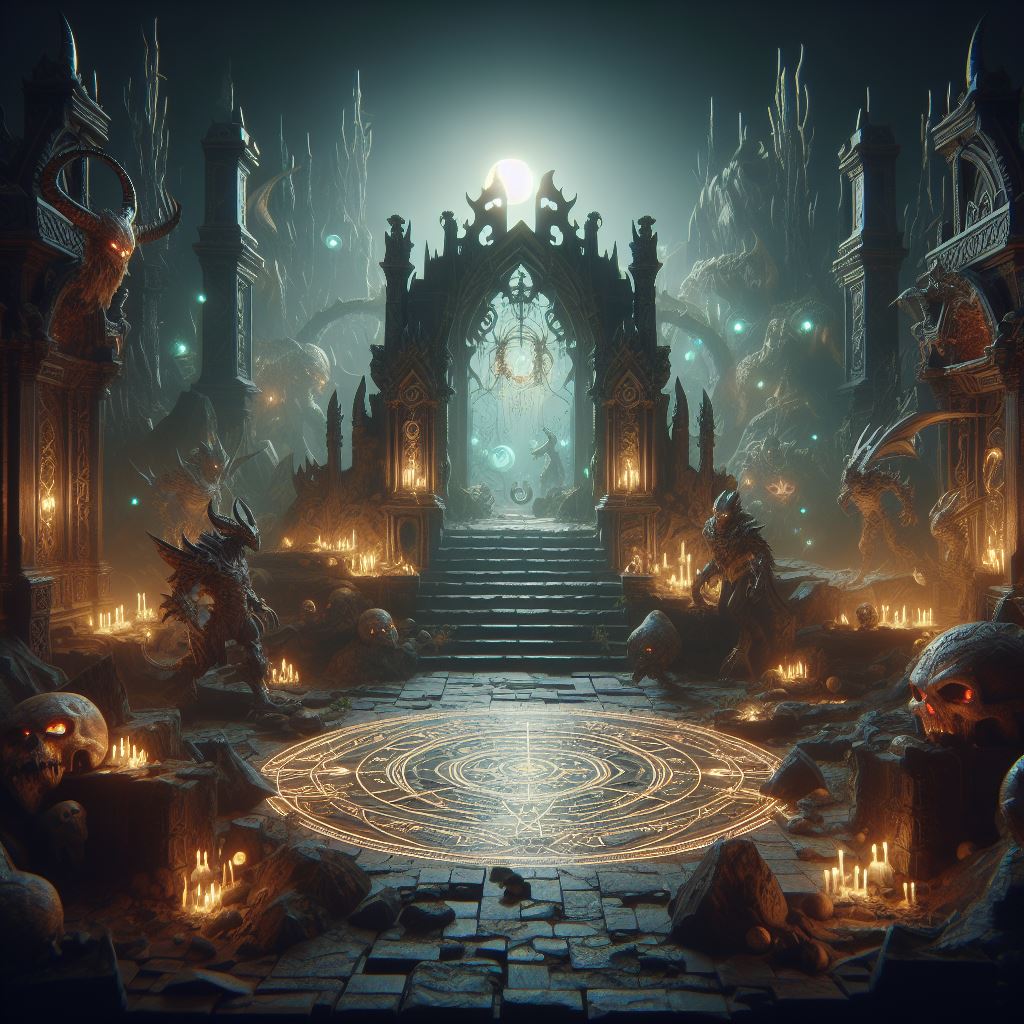
Hayao Miyazaki, the renowned animator and filmmaker from Japan, is also a big name in the realm of 3D art. Though he doesn’t work directly with video games, his special and creative 3D art style has motivated numerous game creators to fashion visually amazing and emotionally touching worlds as shown in games such as “Ni no Kuni” or “Spiritfarer”.
The BandurArt game developers appreciate these great studios and humbly work to deliver their visual style.
What Software To Learn For Mastering Different 3D Art Styles?
Making 3D art for games is not only about having the skill; it requires a lot of patience and serious tools. When crafting characters that look real or environments that are deeply engaging, these artists use some quite advanced tech to make their ideas into reality.
Firstly, tools that are popular in the industry such as Adobe Photoshop, V-Ray, and Maya are very important. These programs help to shape and create a variety of things – from the basic pieces up to complicated scenes. 3D tools like 3DMax and Blender provide flexible answers for almost any art job you want to do.
For the more delicate aspects, ZBrush is outstanding in digital sculpting. It’s what artists use to make intricate models with many polygons – things like detailed characters and organic textures.
For texturing, Photoshop still holds its position as a preferred choice. It supports artists in incorporating that last bit of reality into their creations. While creating the textures is one part, game engines such as Unreal Engine and Unity are crucial when you want to give life to your 3D artwork within the world of the game.
The first step is picking the right tech, and it can be a big decision in game development. The choice depends on what goals you have for your game and how each project’s difficulties are distinctively different. Nowadays, the range of technologies that 3D art game developers can use is wider than ever before; this paves the way for some truly impressive 3D art.
To master any of these tools and software for creating 3D art styles for games, you may learn free or pay for Coursera’s courses. The free sources are YouTube tutorials and Reddit threads explaining where to start for a 3D game artist.
The Best Examples of Realistic 3D Art Styles in Video Games
Realistic 3D art styles in video games make players feel like they are inside the game, reflecting real life or closely matching the believable elements within a fantasy world:
- Red Dead Redemption 2 is a great example of open-world adventures, with carefully crafted settings and animations so real they bring back to life the American frontier;
- The Last of Us Part II is famous for its emotional complexity and stunning visuals. The game improves upon the narrative with hyper-realistic character models and textured settings;
- Uncharted 4: A Thief’s End’s story focuses on Nathan Drake famous for his adventurous life. This game shows many movie-like elements with its amazing visuals, from robust landscapes to sparkling water effects. Uncharted 2: Among Thieves – The Uncharted series is well-known for having graphics that resemble a film. In this game, you can see detailed scenery and observe how light interacts with different surfaces with a photorealistic visual style;
- Assassin’s Creed Series (Unity and Origins). These two parts of the Assassin’s Creed series are well-liked because they show a genuine representation of history, with careful attention to architecture and character movements;
- The Witcher 3: Wild Hunt brings together reality and imagination, this game presents a visually detailed realm that is full of complex characters and vibrant settings;
- Microsoft Flight Simulator is aimed at simulation enthusiasts. This game sets a new standard in aircraft models and the effects of the environment. The goal is to give players an experience that closely mimics real flying;
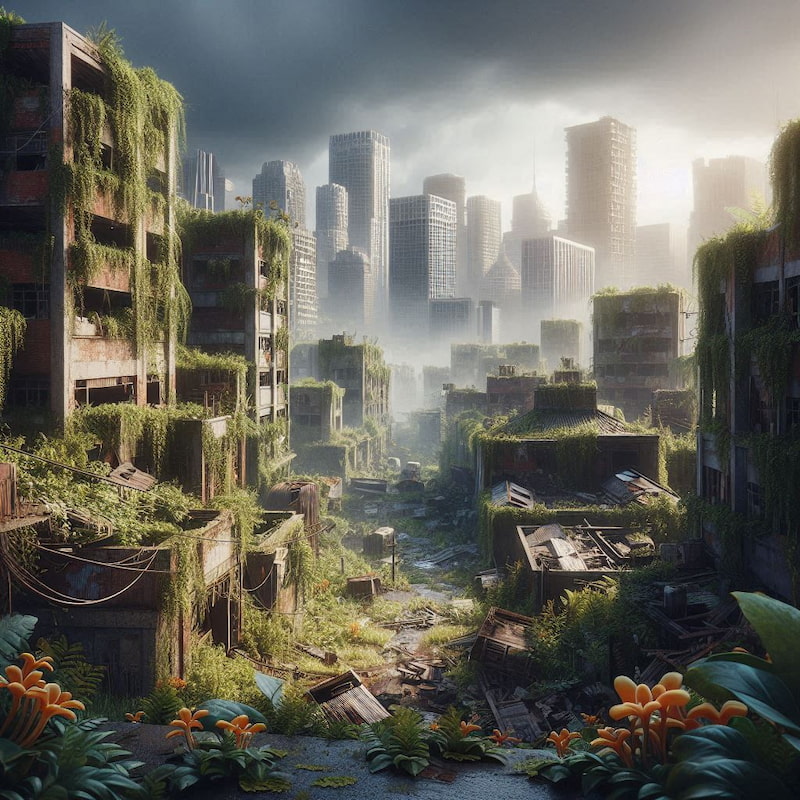
The Frequently Asked Questions About 3D Art Styles
What is 3D art?
To put it simply, 3D art in a game is making the objects visual from different sides. It’s like you can look at the work from all around it and change how it appears. This kind of art includes making sculptures or models in a 3D environment, using different software tools for shaping within this 3D setting.
What is 3D art in gaming?
3D art in gaming is the making of 3D visual stuff. It covers modeling, texturing, animation, and rendering game parts like characters, surroundings, and items used in games. The goal is to create visuals that are active and interesting, improving how players interact with the complete game setup.
What are the different styles of 3D art?
3D art types have diverse styles in games, but they usually consist of:
- Realism: Focuses on life-like accuracy and detail;
- Photorealism: Aims to replicate the appearance of photographs;
- Unreal Realism: Merges fantastical elements with a realistic base;
- Cartoony Animation: Features exaggerated, stylized visuals;
- Anime: Characterized by exaggerated features and vibrant expressions;
- Collage: Uses mixed media to create unique, textured visuals;
What are the different 3D art styles?
3D games can span multiple genres, including:
- Action that focuses on physical challenges, including combat and exploration;
- Adventure games revolve around storytelling and puzzle-solving;
- Role-playing (RPG) games involve the development of 3D character art styles and narrative depth;
- Sport: Simulates traditional physical sports;
- Strategic: Emphasizes tactical and strategic gameplay;
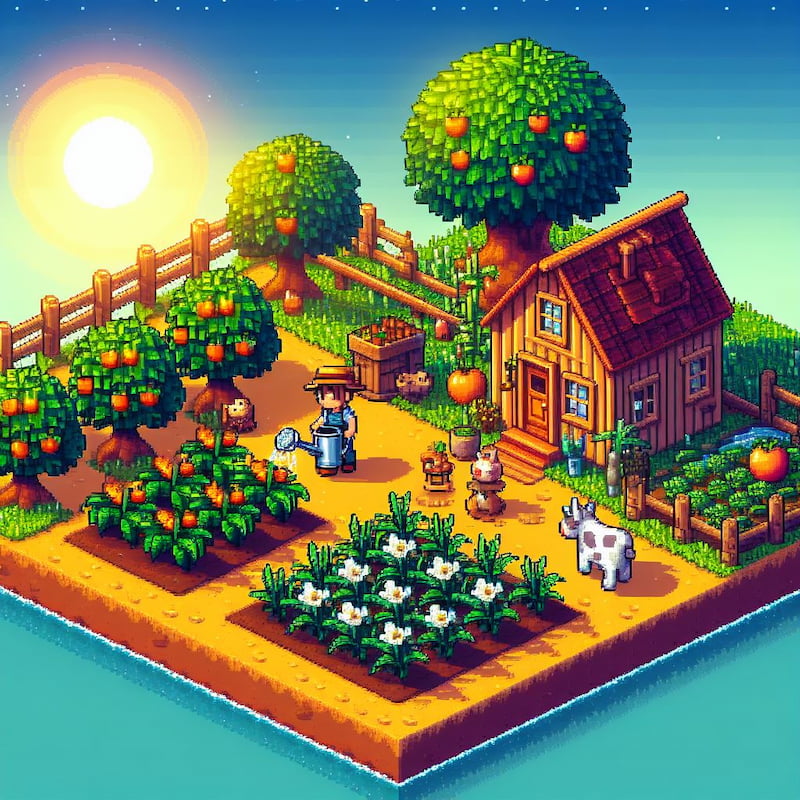
What are the most popular video game art styles in 3D?
In 2024, according to the internal research made by BandurArt, there are 3 most popular 3D art styles:
- Realistic: Strives for lifelike accuracy and detail;
- Stylized: Emphasizes unique visual flair and design over realism;
- Abstract: Focuses on shapes and forms without any direct reference to real-world objects or environments;
Over the years, the evolution of game art styles in 3D has been closely tied to advancements in technology and the increasing demands of players for more immersive and visually stunning experiences. As hardware has improved, the BandurArt game developers have been able to push the boundaries of what is possible in terms of 3D art, allowing for more detailed, realistic, and expressive visuals.


